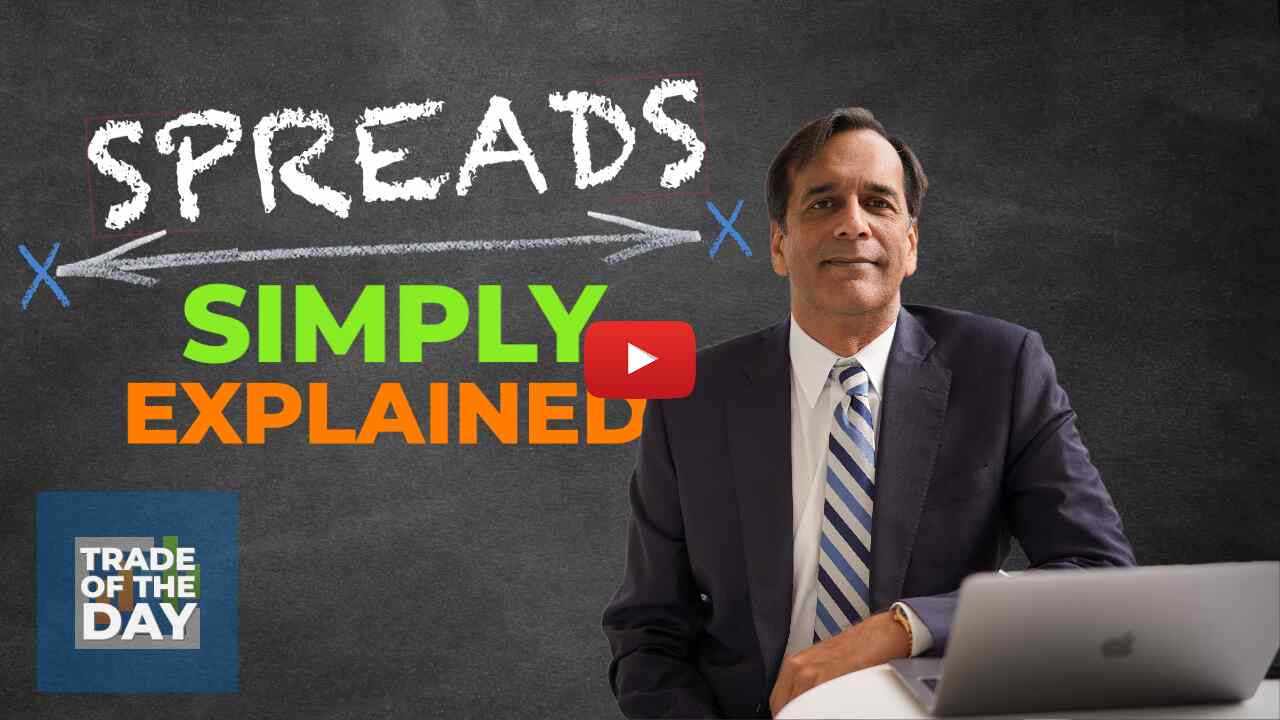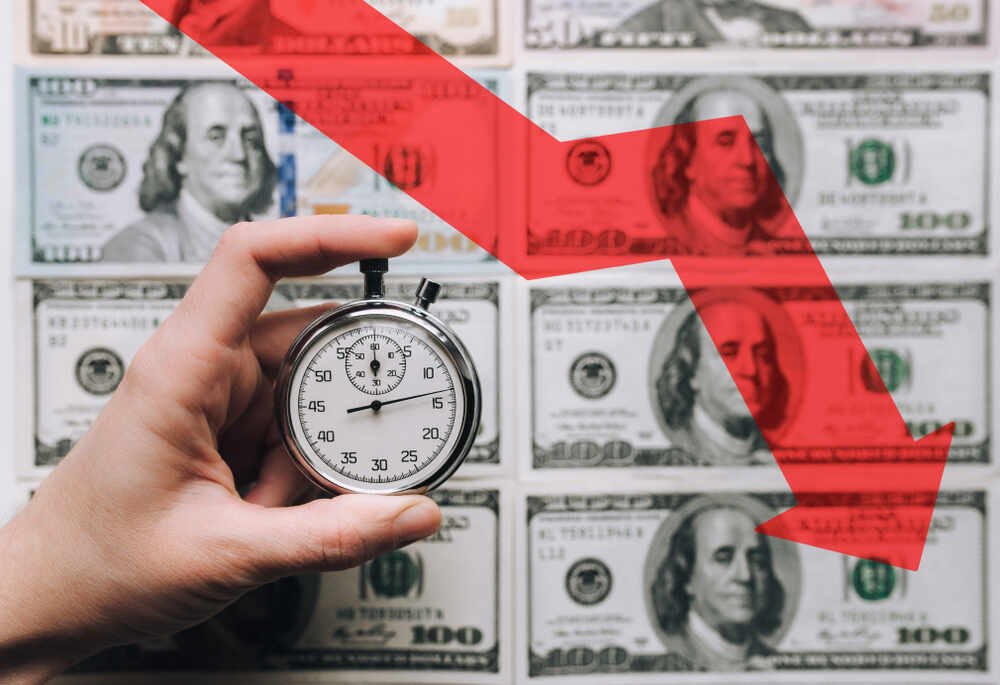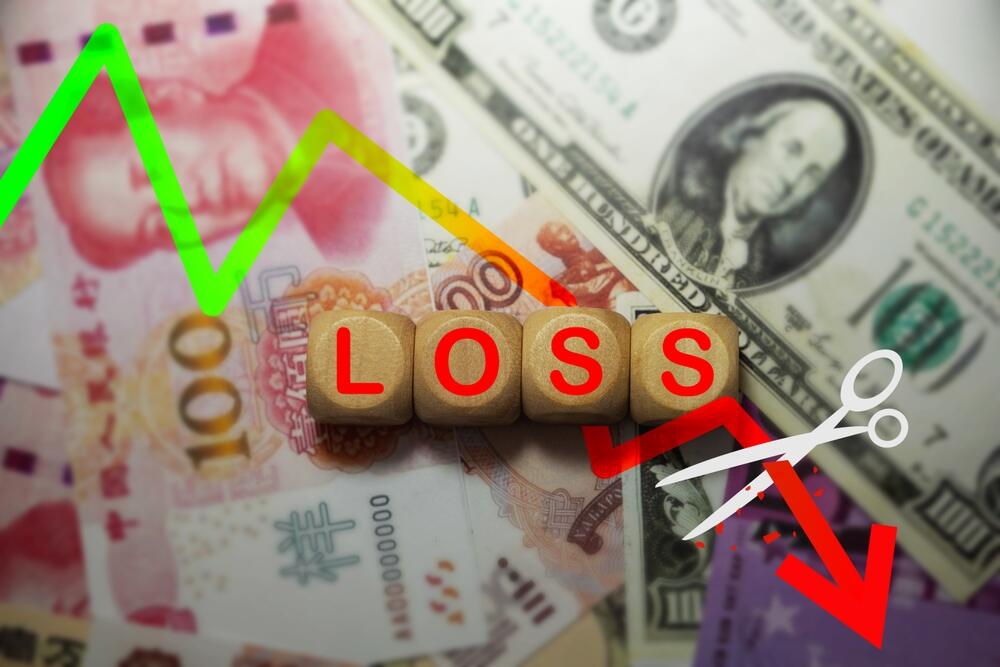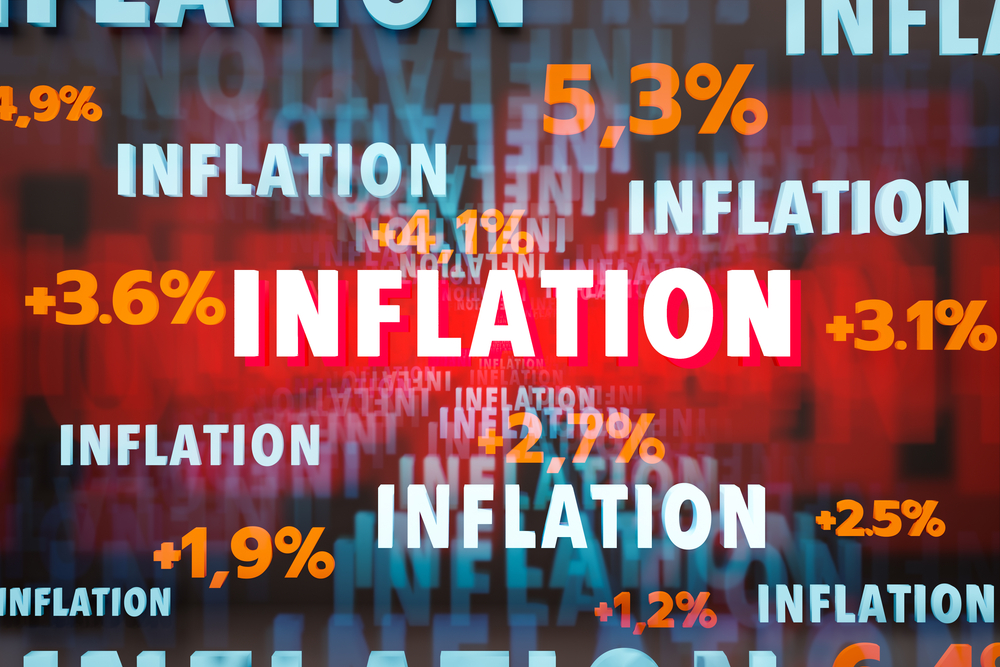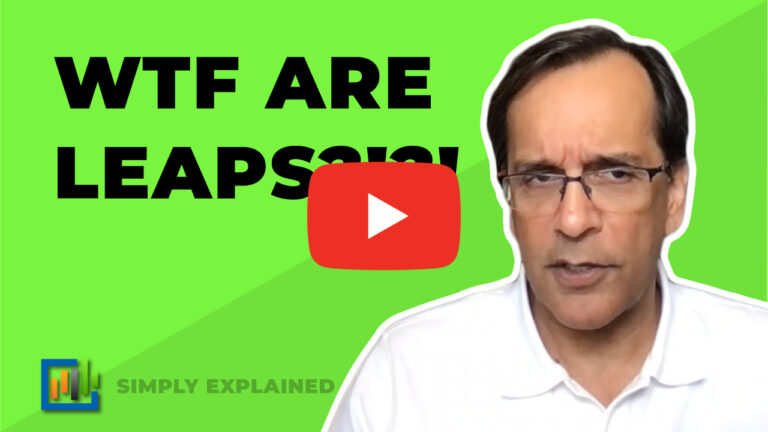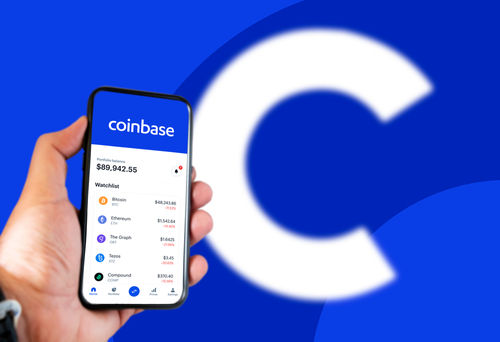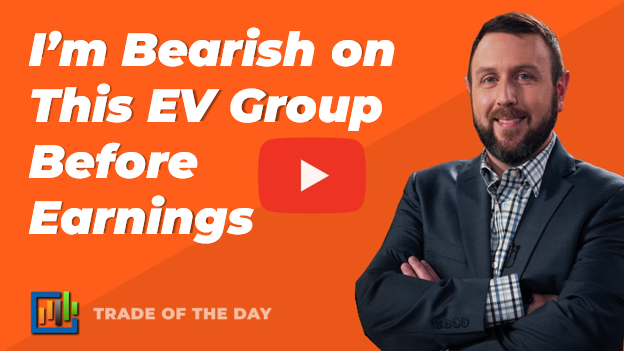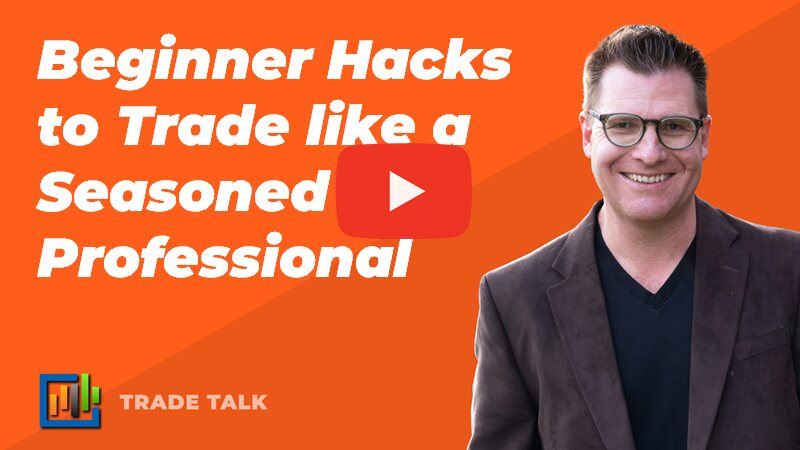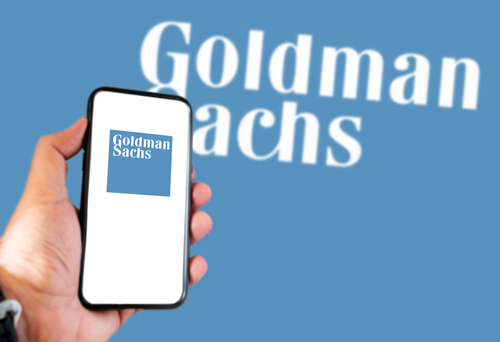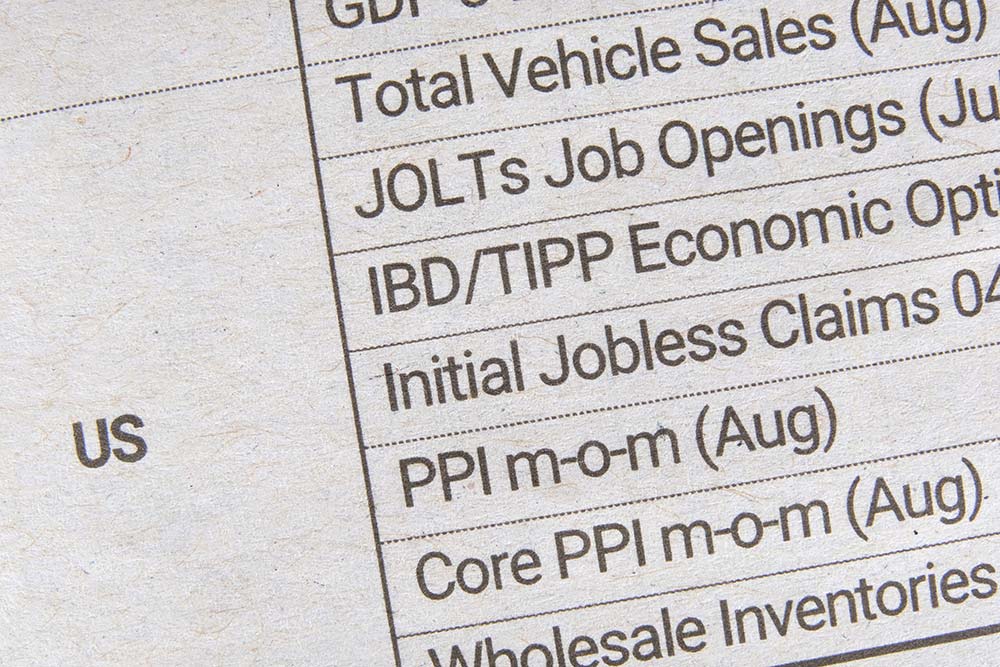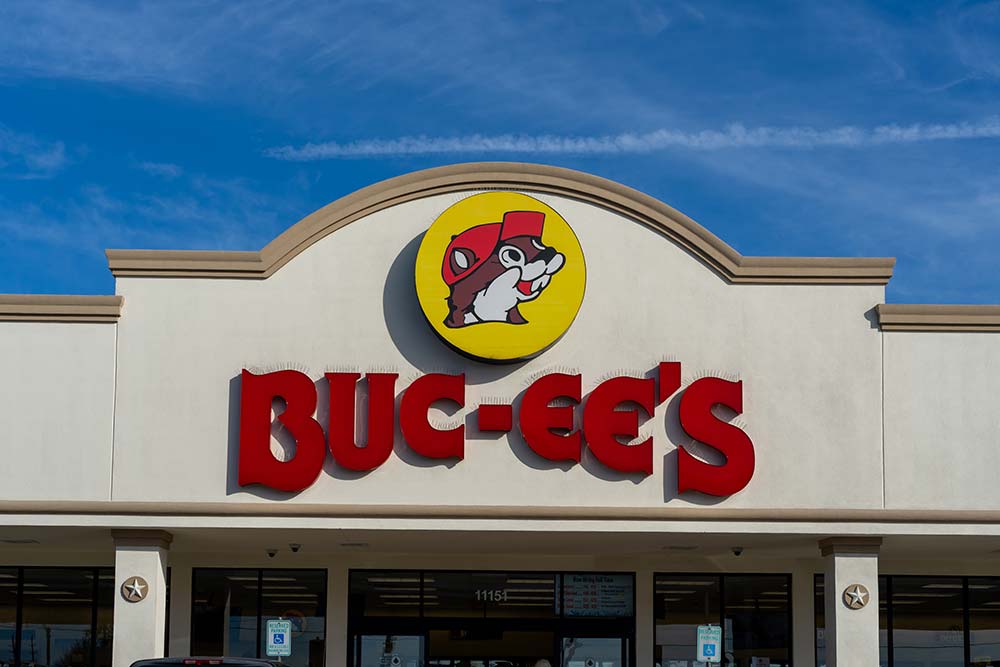Covered Calls, Put Selling and Spread Trades Can Make Money in Any Market
Making money today is not an easy endeavor. In fact, it’s been a challenge over the past decade.
That being said, many people are now able to find market-beating returns by turning to the options market.
I use three core strategies to generate income from options, and each one is simple to execute. However, whichever process you use, there will be a permission requirement set by your broker.
I have written extensively in The War Room about my first two market-beating options strategies: covered calls and put selling.
Writing a covered call involves selling an option against a stock you already own to generate income while you are holding it. This requires the lowest level of permission from your broker and can be done in any type of account.
Put selling is when you sell an option and are then obligated to buy the underlying stock if its price falls below the strike price at expiration (or sometimes before expiration if the share price is well below the strike price).
Selling puts requires the highest level of permission from your broker. The strategy can also be done in any type of account, but it is most efficient when done outside of a retirement account. This allows you to use margin.
The third market-beating options strategy is trading spreads. Simply put, a spread is the distance between two points. In the options world, it is the distance between two prices.
For example, if you have two options on Coca-Cola (NYSE: KO), one with a strike price of $45 and the other with a strike price of $50, the spread between the two is $5.
If you were to buy the $45 option for $2 and sell the $50 option for $1, your cost would be $1 to make a spread of $5.
That type of trade is called a “bull spread,” and it would require Coca-Cola to close above $46 for you to break even. Your upside would be limited to $5 ($50 minus $45) because you would have sold the $50 strike option.
The spread strategy I use is similar to this process, but it has a few key differences. It does require you to buy one option at one strike price and sell another option at a higher strike price.
However, there is one major difference…
The options I buy and sell have two different expiration dates. This trade is called a “calendar spread.” Let me explain.
To engage a calendar spread for Coca-Cola, you would buy the $45 strike call options expiring in 2022 for $2 and sell the October 2020 $50 strike calls for $0.50.
What you have done is obligate yourself to sell Coca-Cola at $50 in October if the price closes above that – but you also have the right to buy Coca-Cola at $45 by buying the $45 strike option.
You actually can win both ways with this. If Coca-Cola does not go to $50 at expiration, you still get to keep your $0.50 for selling the option and you still get to keep your $45 option. However, you generated a 25% return ($0.50 divided by $2).
Come expiration, you would sell another option against the option that you own because the first option expired.
If you could repeat that trade several times before the 2022 expiration date, you could generate a significant return – and if Coca-Cola closed at $50 or even close to it, you could also be looking at a nice capital gains situation.
The downside happens if the price of Coca-Cola plunges below $45 and stays there. In that case, you will lose what you paid for the $45 option, minus any amount you already received for selling options against that position.
Spread trading is a great way to reduce your cost while increasing your upside and generating income. Maybe it isn’t for everyone… but it should be! To get in on trades like this, join me in The War Room.
More from Trade of the Day
A Silver Lining From Last Week’s Underperformance
Apr 24, 2024
How One Conversation Led to $100,000
Apr 23, 2024
How I Picked the Market Bottom
Apr 23, 2024
Warning: Trade This Notable Sentiment Shift
Apr 22, 2024





